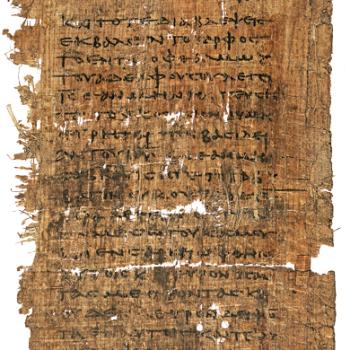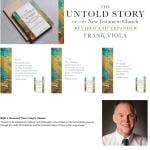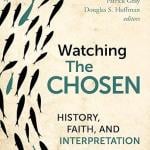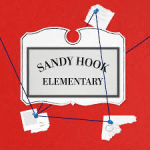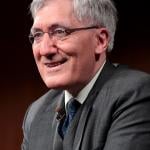Academics do a curious job of treating religion.
This point was brought home to me powerfully last week when I attended the excellent conference of the Urban History Association (UHA), meeting in New York City. (Very fortunately, we all escaped before the onslaught of Hurricane Sandy). Beyond the generally high standard of the individual panels and papers, UHA is a splendid opportunity to gauge the state of the art in a major (and critical) field of the profession. But even at such an erudite gathering, the picture we find of religion is startlingly limited. This is not to say that the urban history world is uniquely blinkered in these matters, but it does suggest the near-blindness to religion that so often characterizes professors.
For good or ill, religion has always played a central cultural and political role in urban life, whether in North America or further afield. Think just of the US – how does religion fit into the urban picture? Or put another way, how can we conceivably write the story without religion? Historically, religious institutions have always shaped immigrant life, from German churches in the eighteenth century colonies through the synagogues or Catholic parishes of the 1920s, to the teeming storefront churches that are such an obvious part of the urban landscape today. Native or immigrant, countless urban children passed through faith-oriented schools, and citizens of all ages passed through religious-founded homes and hospitals.
We think too of church activism in moral and political campaigns, in the Progressive Era and of course in the Civil Rights movement, not to mention countless electoral campaigns. How could any worthwhile scholar of African –American history ever ignore activism rooted in urban churches? Without the churches and “labor priests,” New Deal labor activism could never have conquered the industrial metropolis – to say nothing of labor rabbis. Often too, churches and faith institutions have determined the sexual boundaries of the city, as they campaigned against overt prostitution, red light districts or adult-oriented businesses.
Go ahead – there are dozens of other issues that you might care to add to this list. If I was ever teaching a course on Religion and the American City, the main problem I would find would be the surfeit of material.
Is it too much to say that American cities look and behave as they do today because of the churches and synagogues that made them? And if in fact those cities are now such secular bastions, surely that story of religious decline demands scholarly explanation in itself?
So against this background, what we might expect in terms of a reasonable coverage of religious matters? In fact, of 350 papers presented at this past UHA, I counted just nine or ten devoted to religious matters, in the US or overseas. Perhaps I missed a couple of others where religious themes were not reflected in the titles or abstracts, but at most, we are talking about three percent of all presentations.
Out of 112 panels, religion was notionally mentioned in three sessions, but in two of those, only in combination with other massive themes – “Religion, Class and the Environment in the American Metropolis” and “Eighteenth Century New York: Race, Religion and Ideas in the Marketplace.” In each instance, only one of three papers concerned religion. Of those 112 panels, only one was specifically and exclusively devoted to religious matters, namely a session with three papers on “Congregations as Community Activists in American Cities After 1965.”
I am not denying that the religion-oriented panels were of the highest quality, they were. I am just saying that that allocation of conference time is a pathetic and paltry reflection of religion’s role in urban history. Not to mention social history, gender history, labor history, ethnic history, cultural history…
By the way, the theme of this year’s UHA conference was “The Cosmopolitan Metropolis,” a title that one would have thought lent itself wonderfully to spiritual matters.
I don’t imagine that a group of atheistic professors gathered in a smoke-filled room to devise strategies from preventing their younger colleagues discovering the truth about religion in American urban history. Certainly, many academics do have a secular and left-liberal bias, but that does not lead them to deliberate policies of censorship. Usually, I imagine, they know perfectly well about religion’s role, they just choose not to study it.
Adding to the irony of the event, the conference coincided with a large-scale youth-oriented demonstration and prayer walk focused on the theme, “God Belongs In My City.” You saw the T-shirts all over the city.
In the academic study of urban history, though, God has at best a toehold.



